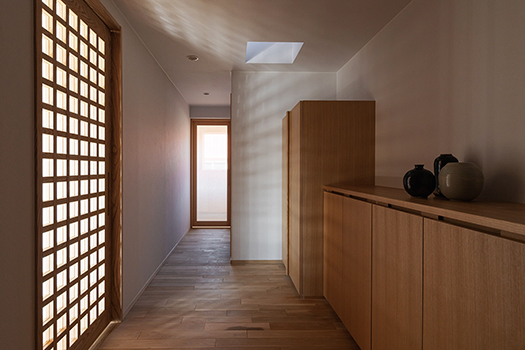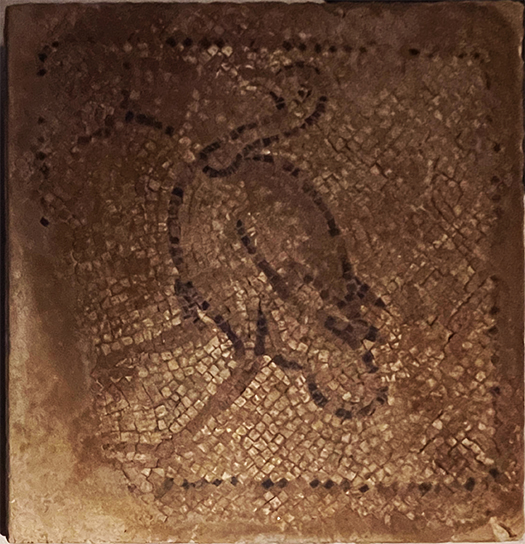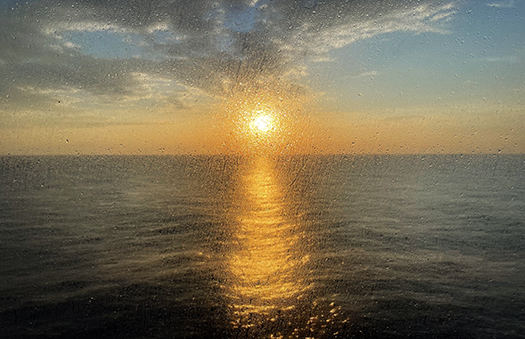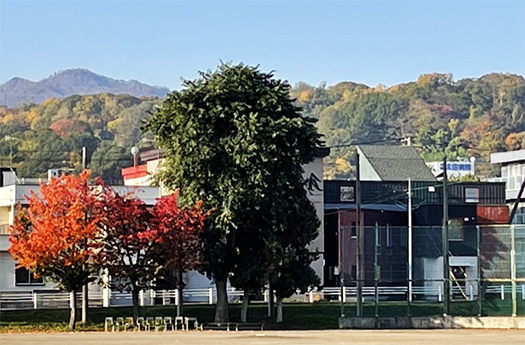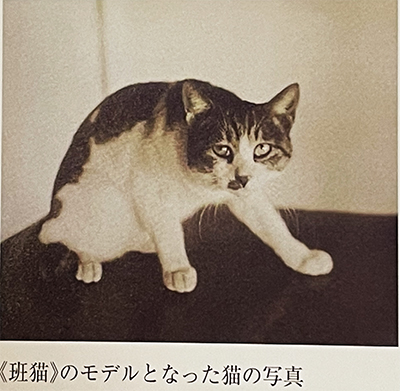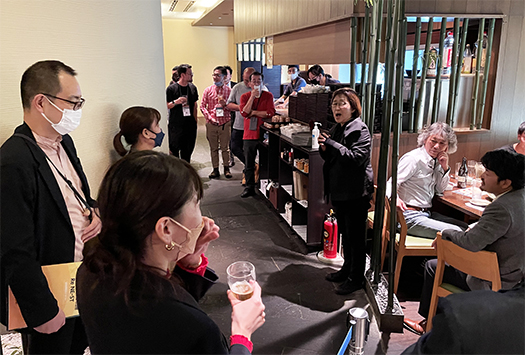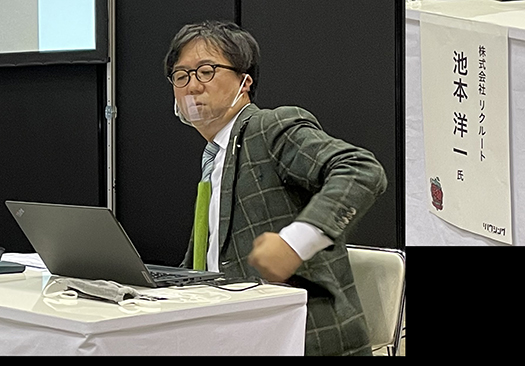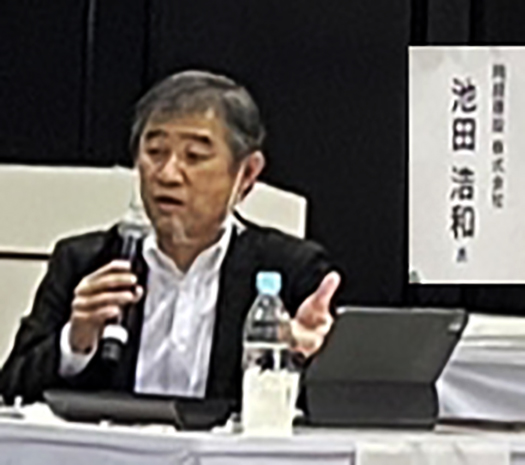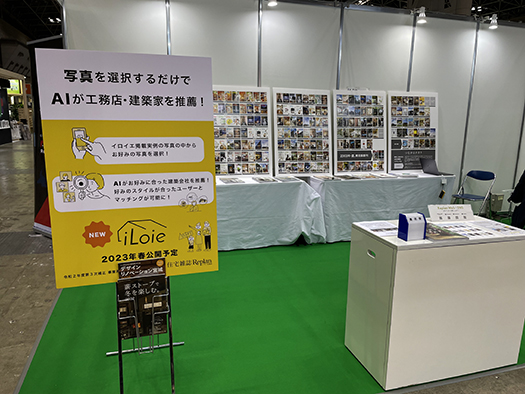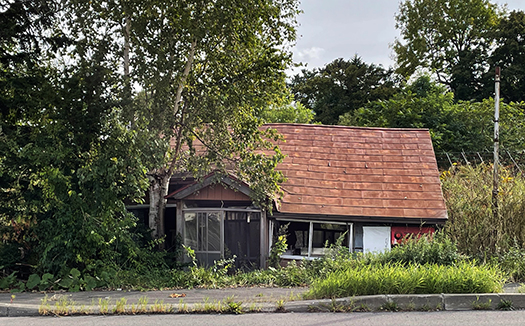
住宅取材を数十年続けてきています。
通常は新築されたばかりの住宅が多い。
ときどきはリフォームされた住宅も取材するけれど、
その動機の主要な部分は生活の場としての機能回復、現代化。
カタチは残るけれど機能性としては最新のライフスタイルにあわせることになる。
それは当然のことで、現代を生きる我々はまさか明治大正の暮らしを
復元したいと思っているわけではない。
このことはたぶん歴史年代を通して、あるいは家という定住をはじめて以来
人間と家との関係ではそうであったに違いない。
取材を重ねてくると、古民家とかの過去物件にも強く興味が湧いてくる。
これはたぶんわたしの個人的なものであるに違いない。
歴史とかがそもそも好きでその延長線上で
過去の時間、先人が過ごしてきた空間という興味が盛り上がった結果なのだろう。
そういう心理のひとつのあらわれとして廃屋に惹かれている。
廃屋からはかつての人々の暮らしようが立ち上る空気感がある。
きのうわたしの「好みの空間」写真のAI検証の一端をご覧に入れたけれど
先人の空間体験を追体験することで「伝わって」来るモノがある。
これは感覚の領域のことなので、理性的・合理的に整頓はできないけれど
たぶん想像力の領域で見えてくる部分なのでしょうね。
北海道では地方の道路沿いなどでも写真のような光景に出会う。
土地を得てそれを耕すことで自立生計することができるという夢を抱いて
150年前くらいから多くの移住者たちがこの地に暮らしてきた。
そしてその家で世代更新の場が確保され、わたしたちが生き延びてきている。
そういう祖父母父母たちの暮らしようがまざまざとピンナップされている。
わたしにはどうもそのように見えてならないのですね。
つい頭を垂れされられる思いが募ってくるのです。
家はそういう場であって、次の世代に託したものの叫びのようなモノが伝わる。

一方で、この写真はわたしが幼い頃に見ていた「外界」の様子。
わたしは札幌の北大植物園を東側に見る角地の家で過ごしていた。
3才から16才くらいまでの感受性揺籃期にこの森を見て育った。
家を見るというのは外側からの視覚で解剖的に見ることになるけれど、
人間の側からは家は行動拠点であってそこから外界に立ち向かって行く場所。
主体性の部分ではこういう光景にこそ強い思い入れがあるのでしょう。
わたしの場合で言えば、この光景の手前側には札幌市内有数の幹線道路
「石山道路」があって、その道路はまっすぐ南方に向かう視界を見せていた。
「この道を通っていくと日本がある・・・・」
幼い北海道人としてはそういう主観を育てていたようにも思える。
家を見る視線と、家から見る視線、たぶん人間に決定的なのは
その両方なのでしょう。
English version⬇
The life of the house will run out. Afterglow of an abandoned house]
There are two ways of looking at a house, and one way of looking at it from the house’s perspective. The coverage of houses is mainly the former. The house is a proof of human life as a place to raise children. The feelings that cannot be put into words come to us. The house
We have been covering housing for decades.
Usually, the homes are newly built.
Occasionally I also cover remodeled homes, but
The main motive is to restore and modernize the functionality of the house as a place to live.
The form remains the same, but the functionality is adapted to the latest lifestyle.
It is only natural that we, who live in the modern age, do not want to restore the lifestyle of the Meiji and Taisho eras.
We do not want to restore the lifestyle of the Meiji and Taisho eras.
This has probably been the case throughout history or since the first settlement in a house.
This must have been the case in the relationship between human beings and their homes.
As I continue to conduct more and more research, I am becoming more and more interested in old private houses and other properties from the past.
This is probably a personal thing for me.
I love history, and as an extension of that love, I have a strong interest in the past.
I am interested in the past and the spaces where our ancestors have spent their time.
I am attracted to abandoned houses as a manifestation of this kind of psychology.
Abandoned houses give me a sense of the atmosphere of how people used to live in the past.
Yesterday, I showed you a part of the AI verification of my “favorite space” photos.
There are things that are “conveyed” to us by reliving the spatial experiences of our predecessors.
This is in the realm of the senses, so it cannot be rationally or rationally put into order.
But perhaps it is something that can be seen in the realm of imagination.
In Hokkaido, we encounter scenes like the one in the photo along local roads.
With the dream of being able to earn a self-sustaining living by acquiring land and cultivating it, many immigrants have been living in Hokkaido since about 150 years ago.
Many immigrants have lived here since about 150 years ago.
Their homes have provided a place for the renewal of generations, and we have survived.
This is a pin-up of the way our grandparents lived.
I can’t help but see it that way.
I can’t help but feel a sense of being made to hang my head.
A house is such a place that conveys the cries of those who have entrusted it to the next generation.
On the other hand, this photo shows the “outside world” as I saw it when I was a child.
I lived in a house on a corner lot looking east toward the Hokkaido University Botanical Garden in Sapporo.
I grew up looking at this forest from the age of 3 to 16, when I was in the cradle of my sensitivity.
Looking at a house means looking at it from the outside, from the anatomical point of view, but from the human side, a house is not a base for action.
From the human side, a house is a base for action, a place from which we confront the outside world.
From the standpoint of subjectivity, it is this kind of scene that we have a strong attachment to.
In my case, in front of this scene, there is “Ishiyama Road,” one of the major highways in Sapporo.
The road was heading straight toward the south.
“If you go down this road, you will find Japan. ・・・・”
As a young Hokkaidoian, I seem to have developed that kind of subjectivity.
The gaze of the house and the gaze from the house, perhaps the two most decisive things for human beings.
It is probably both of them.
Posted on 11月 5th, 2022 by 三木 奎吾
Filed under: こちら発行人です, 住宅取材&ウラ話 | No Comments »



